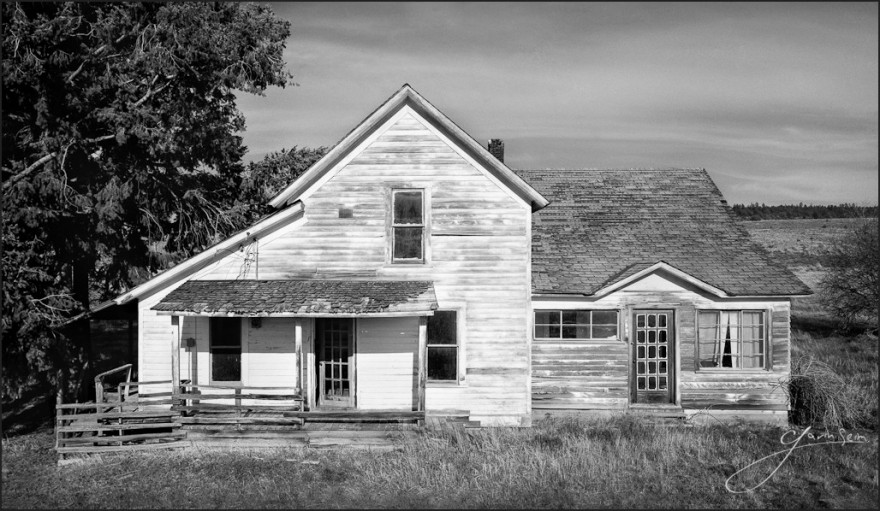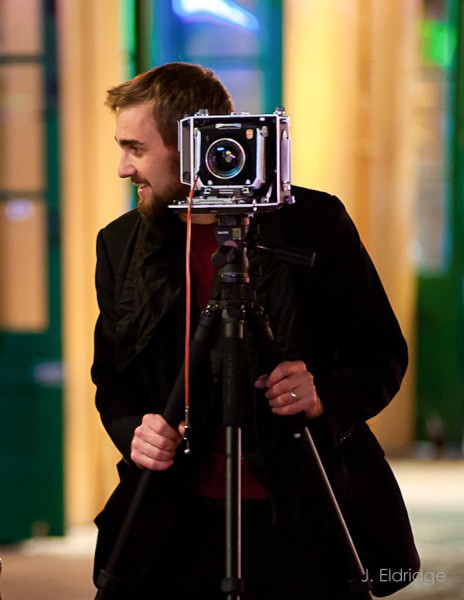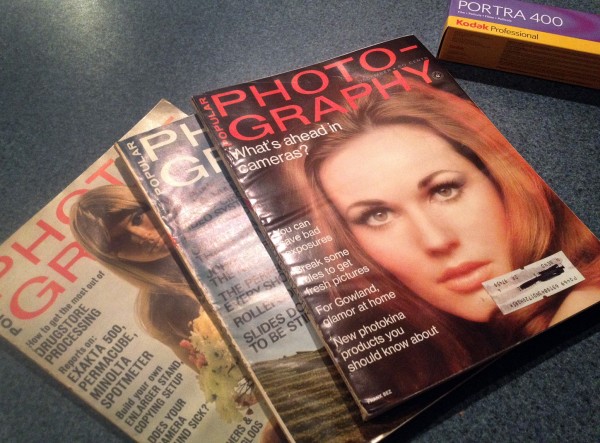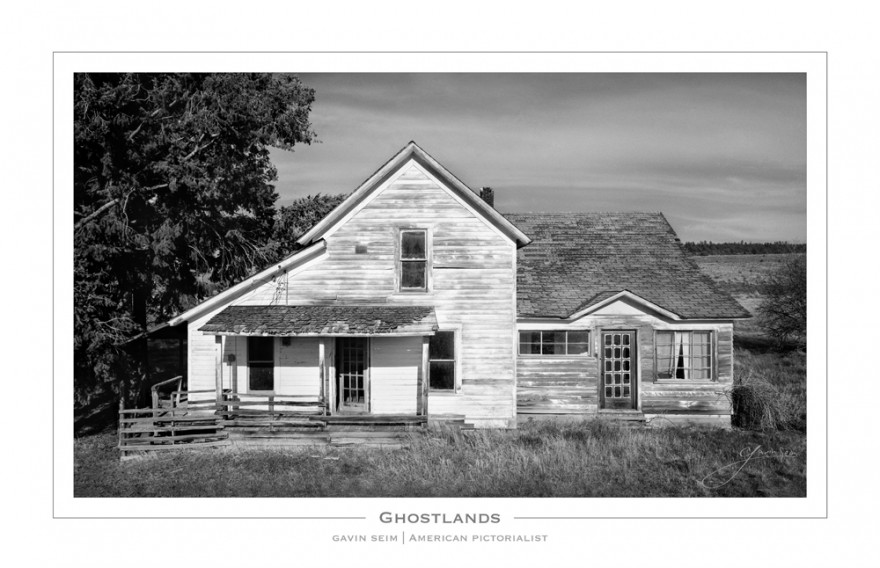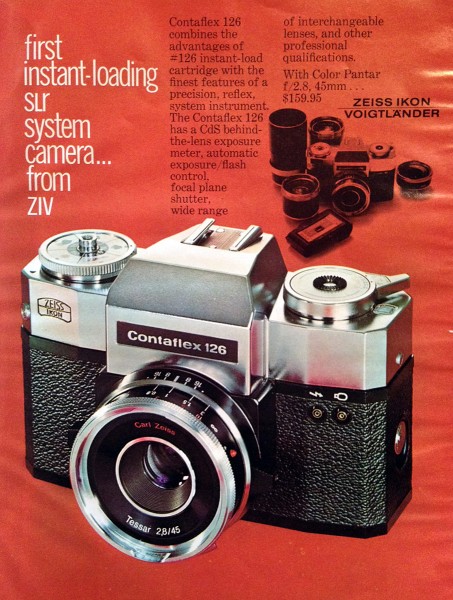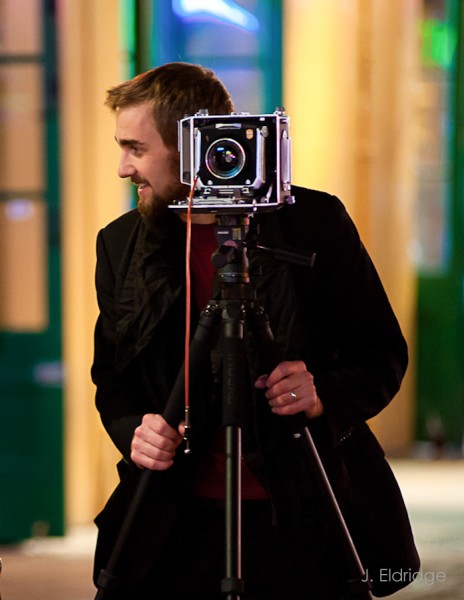Those of you that follow my work know that I love working with 4×5 large format film. I still use digital, but 4×5 scans blow it away in terms of detail for my wall prints. More about why I love film in this article.
Today, I made a “quick video” looking at how I prepare images for wet scanning using my Epson V700. The V700 is not sold as a wet scanner. Epson wants you to buy the V750 for that. But the truth is the scanners are the same in nearly every area other than the wet attachments. To top it off, the wet scan upgrade from BetterScanning is said to be better than the stock one that comes with the V750.
Why Wet? Think about your car when you’ve just washed it – When it’s wet the scratches are less visible and everything looks pretty and shiny. Wet scanning has a similar effect. The film is suspended in liquid, which helps reduces small dust and scratches. Furthermore it gives me optical clarity that is not impeded by the surface of the dry film. That produces a better contrast and more detail – There’s an interesting discussion on this topic here.
My process works well and the resulting images go into Lightroom and Photoshop for final details. I have had drum scans done and plan to use them, in time, for VERY large prints in the 100 inch plus range. In my experience a good drum scan (which can easily cost over $100) is better than my Epson wet scans but probably by only 10-15%, so unless I am making a giant print it’s not an issue, even for a quality fanatic like me.
Other Tools: I use Silver Fast scanning software instead of the default Epson software most of the time. In general I find it’s very powerful. Silver Fast support is a bit lacking, but it’s a bit like a Photoshop for scanning and gives lots of control. That said you can get great wet scans with the default software. I use Kami fluid to mount with. It works well and goes a long way. Here’s the rubber roller and I like Purosol and Kimwipes for keeping all my glass clean. I use Duralar sheets to sandwich the negative between fluid and glass. A DataVac is good for serious air and these awesome craft tweezers make picking up the film a snap.
Film is not easy. But it’s coming back because it’s very rewarding and results in stunning, unique images loaded with detail, especially from the larger formats. Here’s a couple recent images I did on 4×5. Of course if you come to my gallery sometime, you’ll be able see the detail in all it’s glory – Enjoy, Gav
